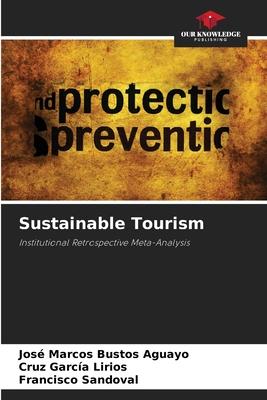Three years ago the National Autonomous University of Mexico through the Dr. Gustavo Baz Prada Chair awarded me a grant to undertake research on migrants in the municipality of Xilitla, a magical town in the Huasteca zone of San Luis Potosi, Mexico. At that time, I had conducted a review of the state of knowledge of migration in Central America, Mexico and the United States. The literature broadly mentioned that the migration phenomenon involved the adaptation of migrant flows in central areas due to their economy, but there were also indications that migrants assimilated the culture that received them, although the most critical works warned of a multicultural identity that the descendants of migrants selected no longer to adjust to the imponderables, but to transform and innovate their environment.
| FindBook |
有 1 項符合
Sustainable Tourism的圖書 |
 |
Sustainable Tourism 作者:Bustos Aguayo 出版社:Our Knowledge Publishing 出版日期:2023-12-28 語言:英文 規格:平裝 / 52頁 / 22.86 x 15.24 x 0.3 cm / 普通級/ 初版 |
| 圖書館借閱 |
| 國家圖書館 | 全國圖書書目資訊網 | 國立公共資訊圖書館 | 電子書服務平台 | MetaCat 跨館整合查詢 |
| 臺北市立圖書館 | 新北市立圖書館 | 基隆市公共圖書館 | 桃園市立圖書館 | 新竹縣公共圖書館 |
| 苗栗縣立圖書館 | 臺中市立圖書館 | 彰化縣公共圖書館 | 南投縣文化局 | 雲林縣公共圖書館 |
| 嘉義縣圖書館 | 臺南市立圖書館 | 高雄市立圖書館 | 屏東縣公共圖書館 | 宜蘭縣公共圖書館 |
| 花蓮縣文化局 | 臺東縣文化處 |
|
|
圖書介紹 - 資料來源:博客來 評分:
圖書名稱:Sustainable Tourism
|











